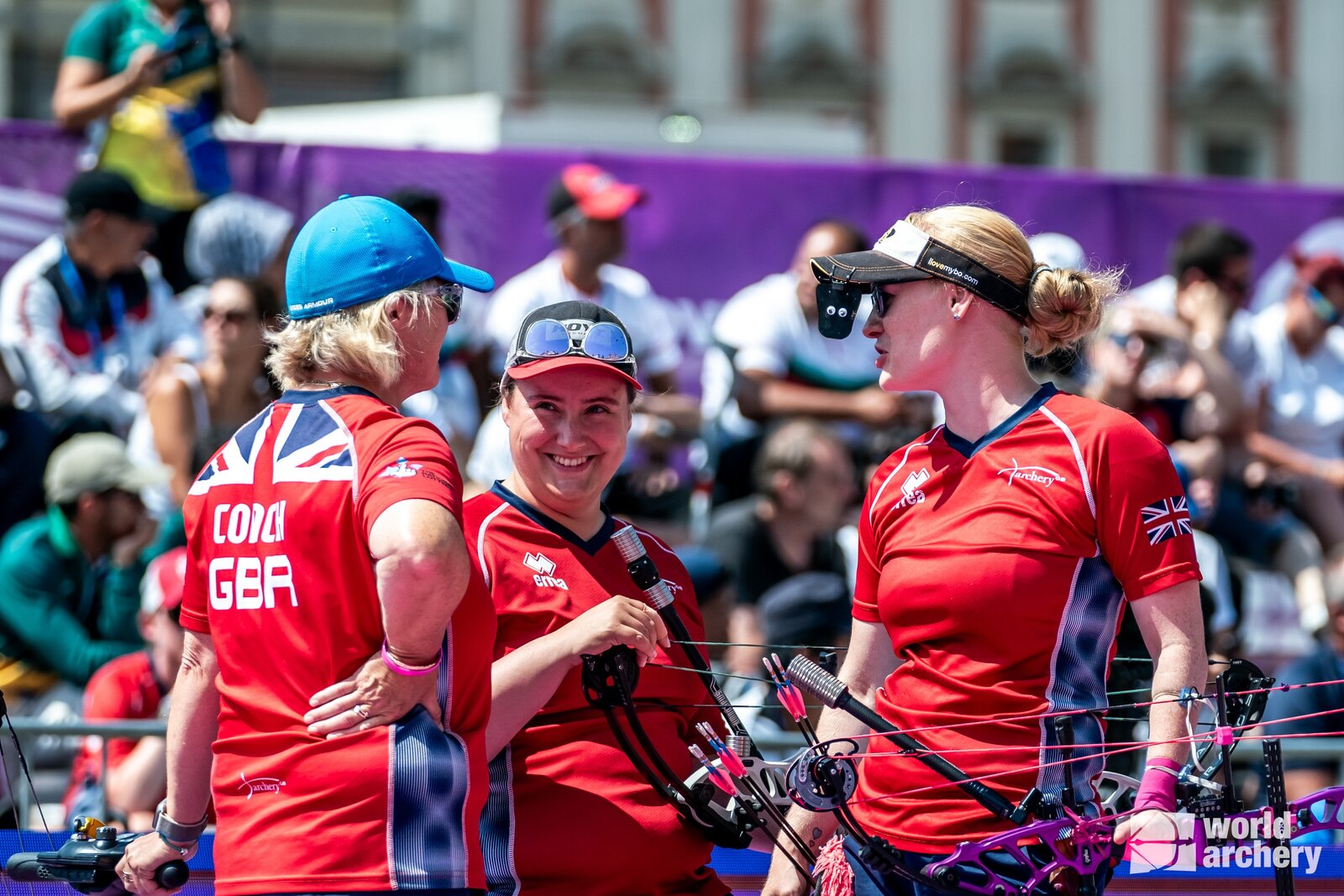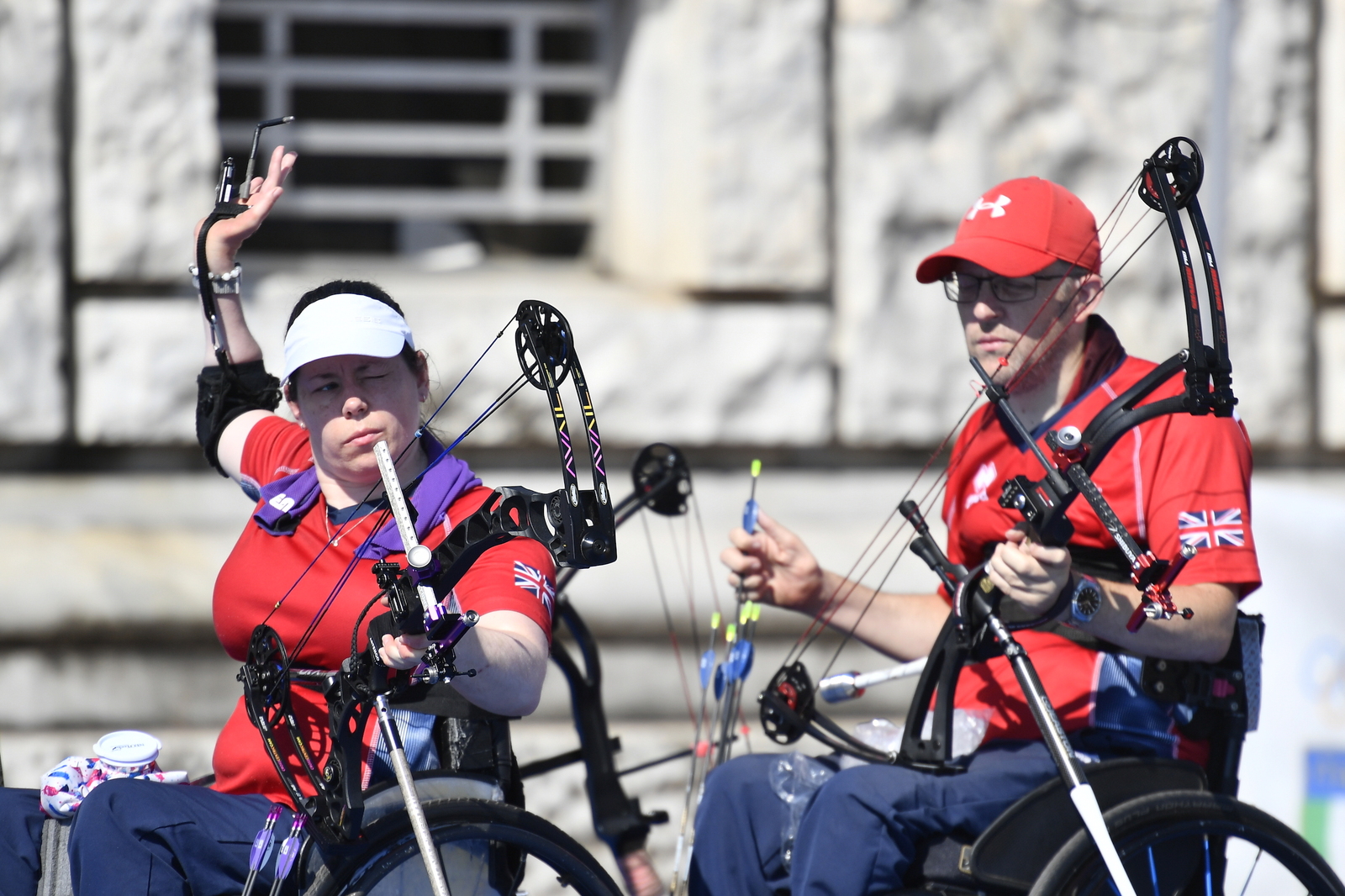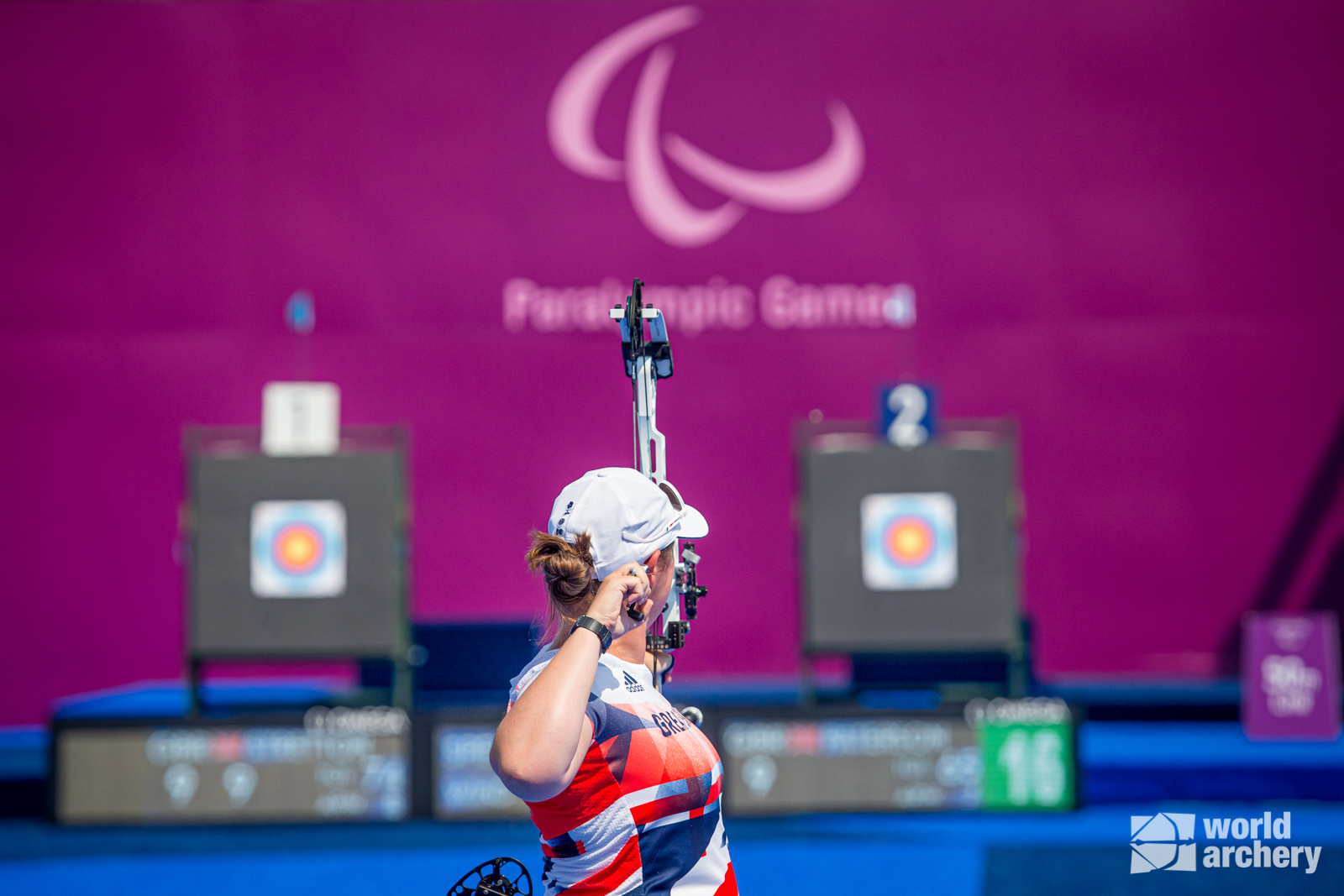The diversity within the world of para archery adds a unique and inspiring dimension to the Paralympic Games, with archers showcasing a wide array and levels of physical impairment.

The classification system is a crucial aspect of para archery and is there for one reason: fair play. It groups the para athletes into competition classes based on their level of impairment, ensuring fair competition among peers and it establishes guidelines for the use of assistive devices, such as wheelchairs, stools, specialised releases, or foot blocks, allowing archers to compete on a level playing field.
In archery, the classification system is relatively straightforward, featuring two categories: W1 and open.
W1 archers usually HAVE more significant impairments, affecting their torso and at least three limbs. Some W1 archers encounter stability challenges, and the rules allow W1 archers to be strapped into their wheelchairs (unlike open-class archers).
There are equipment regulations for W1 archers: they can use either recurve or compound bows, but they must not exceed a peak draw weight of 45lbs. Certain aids, such as peep sights, magnified lenses and levelling bubbles, are not allowed.
GB Paralympic Squad W1 archers:

Victoria and Martin on the shooting line
Open-class archers typically have a lower level of impairment, and they compete using recurve or compound bows under rules akin to able-bodied athletes. In the Open category, athletes typically experience impairments in either the top or bottom half or one side of their bodies. The manifestation of these impairments varies, with archers using wheelchairs or shooting aids and adapted releases.
Open archers participate in either recurve or compound events, adhering to equipment rules identical to those in able-bodied competition.
GB Paralympic Squad Compound Open archers:
GB Paralympic Squad Recurve Open archers:
The classification process, overseen by trained classifiers, follow criteria set by the International Paralympic Committee and ensures fairness by grouping athletes with similar minimum levels of impairment.
Phoebe Paterson Pine, Paralympic Compound Open Champion, shooting at the Tokyo 2020 Paralympic Games